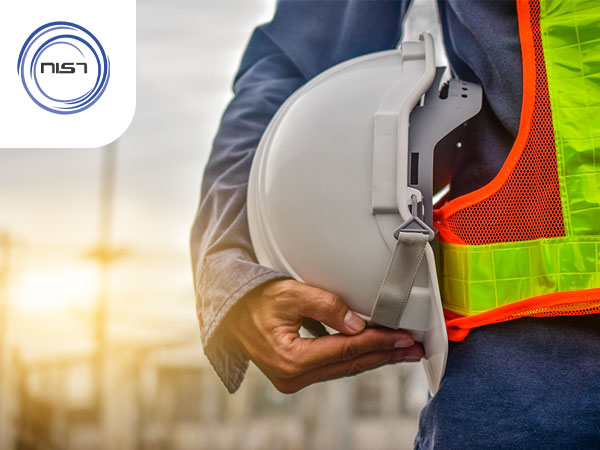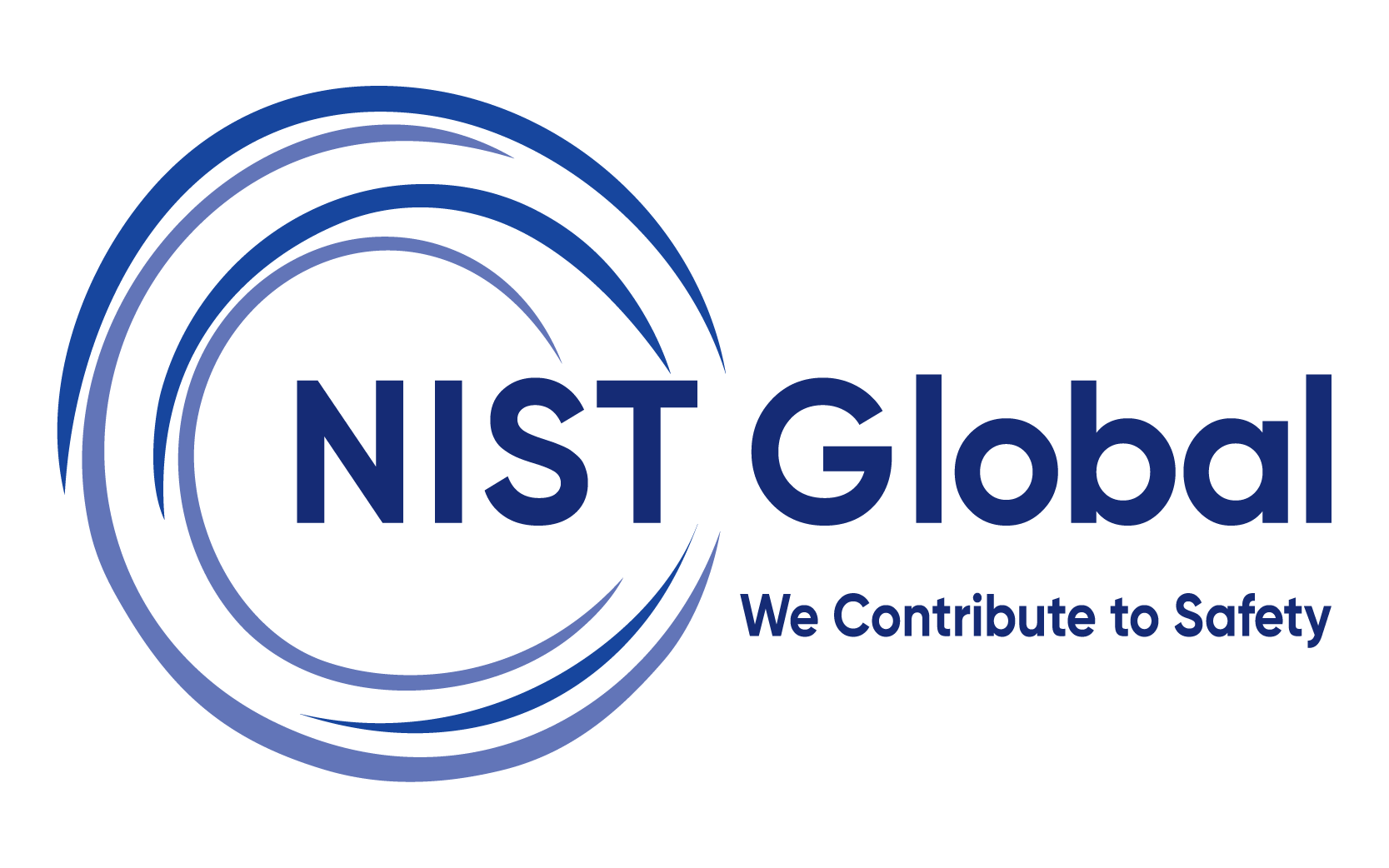Risk Assessment HIRA
Hazards at workplace remain significant occupational health and safety issue across all industries. There could be risk either personal or collective, if not addressed in time could yield in major mishap. Furthermore, if workers lack skills to identify hazards, it multiplies up the risk quotient. This can be tackled through training the workers on hazard identification and risk assessment (HIRA) techniques to create a safe place, plant, equipment and most importantly a safe person.

-
DurationHalf Day / 1 Day / 2 Days
-
Training ModeOnline / Classroom
-
Learning PartnerNIST
-
SubjectRisk Assessment HIRA
-
LevelAwarenes / Intermediate / Advanced
-
LanguageEnglish
-
PrerequisitesNone
-
ScopeTheory & Practicals
-
For queries, & Assistance
Hazards at workplace remain significant occupational health and safety issue across all industries. There could be risk either personal or collective, if not addressed in time could yield in major mishap. Furthermore, if workers lack skills to identify hazards, it multiplies up the risk quotient. This can be tackled through training the workers on hazard identification and risk assessment (HIRA) techniques to create a safe place, plant, equipment and most importantly a safe person.
NIST conducts training through its industry experts and provides necessary training on sharpening the skills of hazard identification and risk assessment. Over a period of time, hazards become part of the environment and one tends to ignore them completely due to overfamiliarity. Hazard identification and risk assessment is an ongoing process. Constant monitoring of hazard controls will need to be done to ensure compliance with legal system. HIRA should be undertaken at various times including:
- If the work has not been done before
- When a hazard has been identified
- When a change in the workplace occurs
- After an incident, accident or workplace illness
- At regularly scheduled times appropriate to the workplace
Learning Outcome of Risk Assessment HIRA Training
- Define hazard and risk
- Define hazard identification risk assessment (HIRA)
- List the objectives of HIRA
- Classification of Hazards
- Identify hazard and hazardous event
- Describe reasons of hazard identification
- List important hazard recognition methods
- Hazard reporting
- Five-step approaches of risk assessment
- Hierarchy of risk controls
- Benefits of risk control
- Legal requirements of risk control
- Responsibilities of employer to control risk
Who can take the Risk Assessment HIRA Training?
- Managers - Operations, Safety and Executive
- Engineers - Process, Safety and Mechanical
- Compliance Auditors, Safety Inspectors
- Environmental Management and Technicians
Benefits of Risk Assessment HIRA Training
HIRA helps in recognising and controlling hazards in your workplace before harm occurs. It also creates awareness among your employees and can be used as a training tool as well. So that employees do not get redundant at workplace, this particular training definitely helps in maintaining the level of risk based thinking in them. Organization is able to set risk management standards, based on acceptable safe practices and legal requirements. Without doubt, regular HIRA training reduces incidents in the workplace and helps in maintaining the safety culture. Last but not the least, safety trainings save costs by being proactive instead of reactive!
